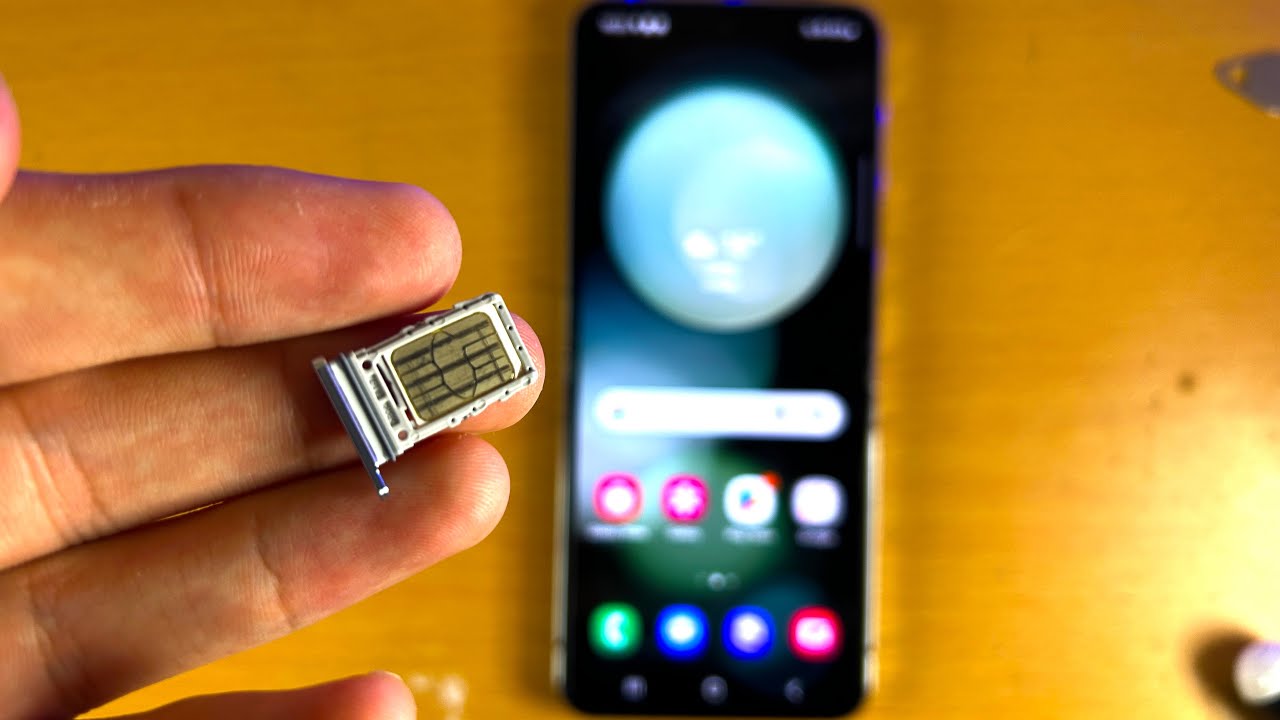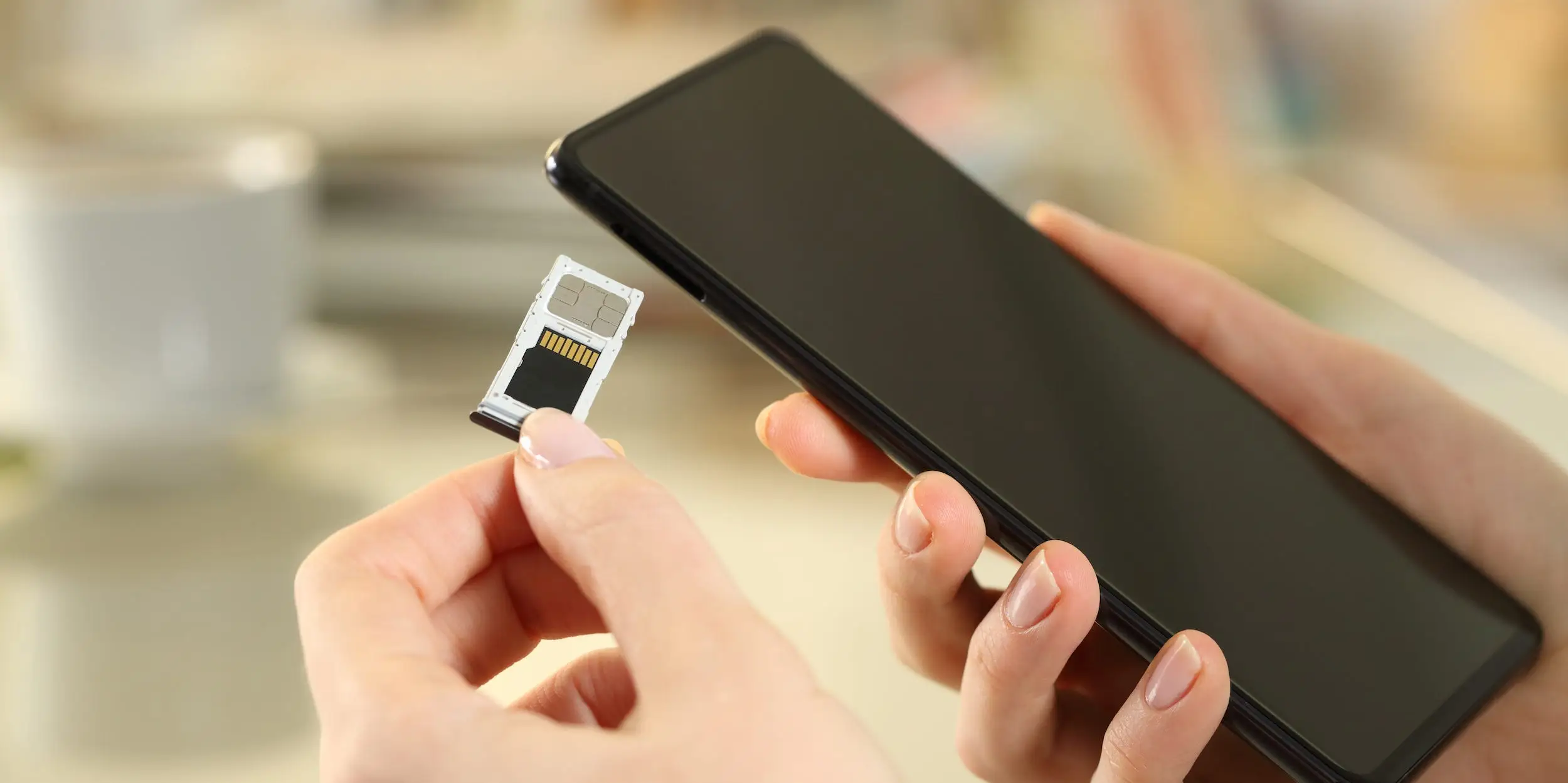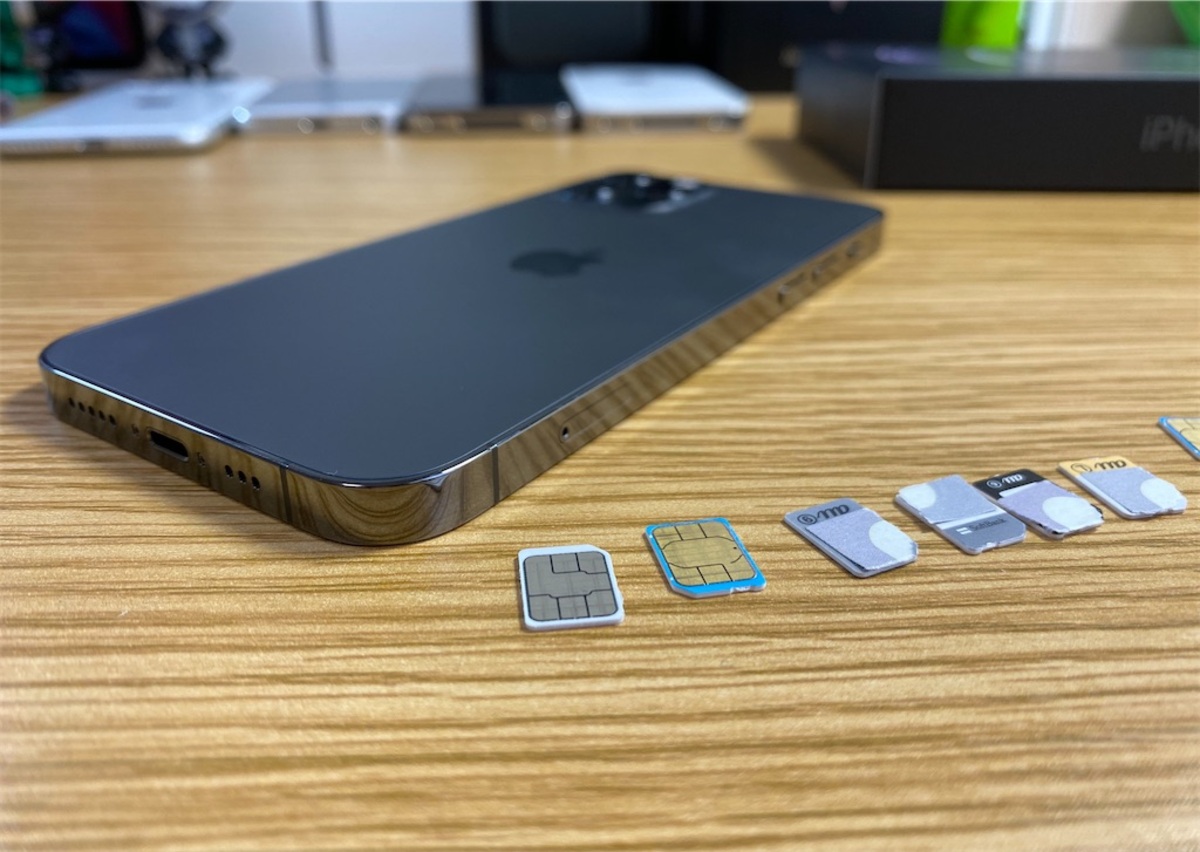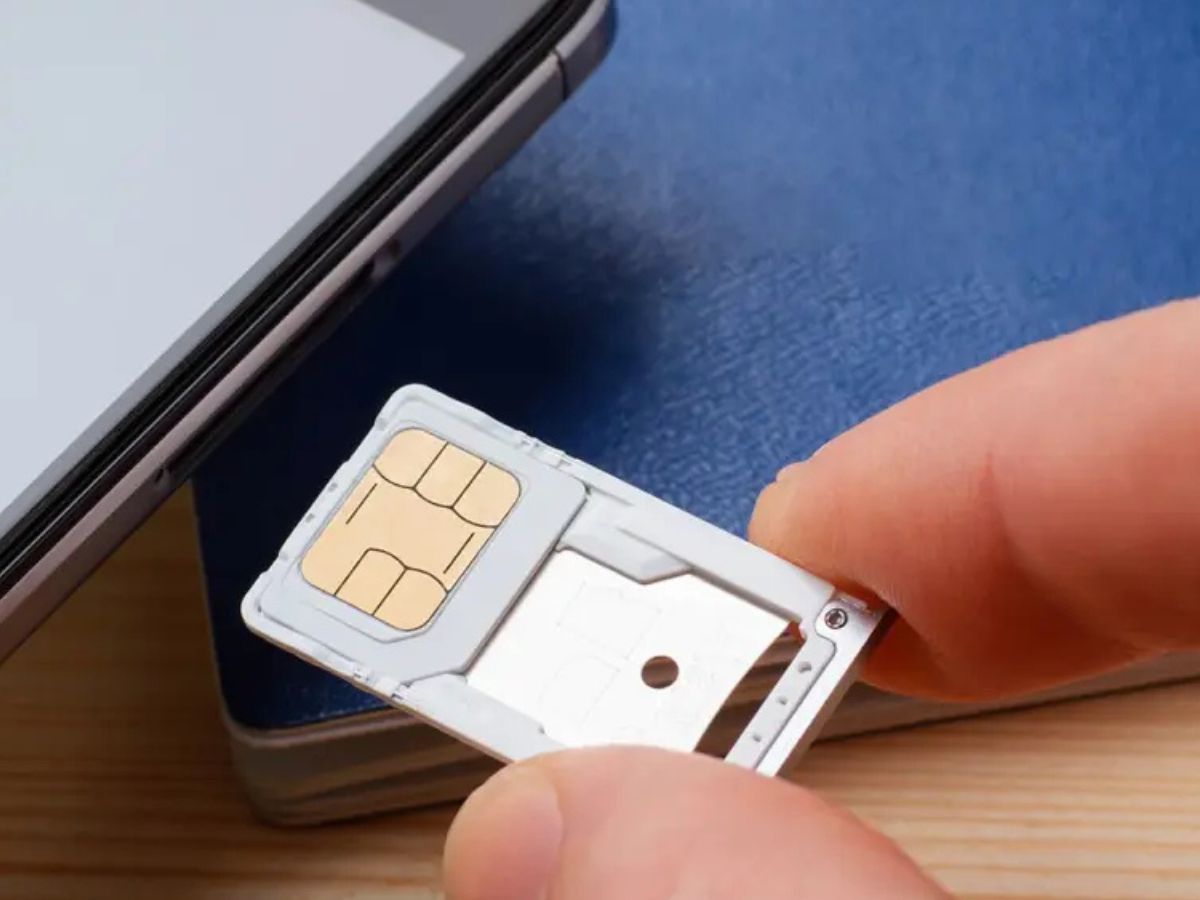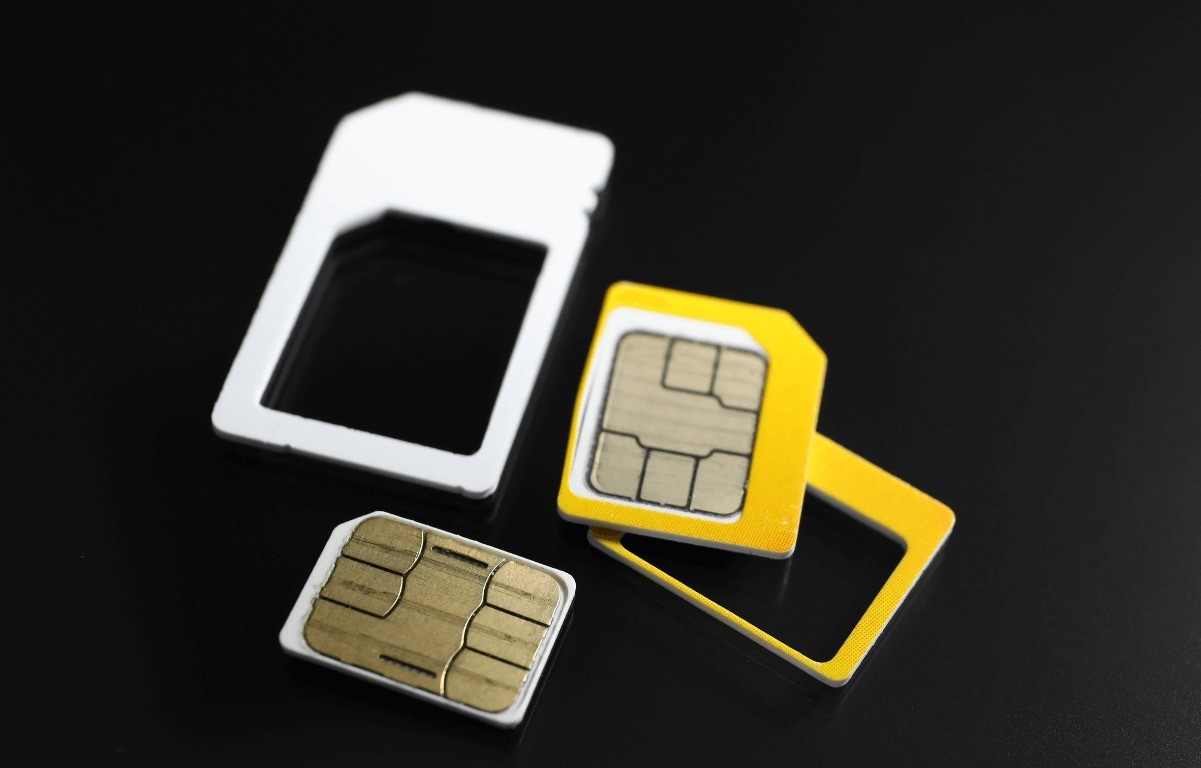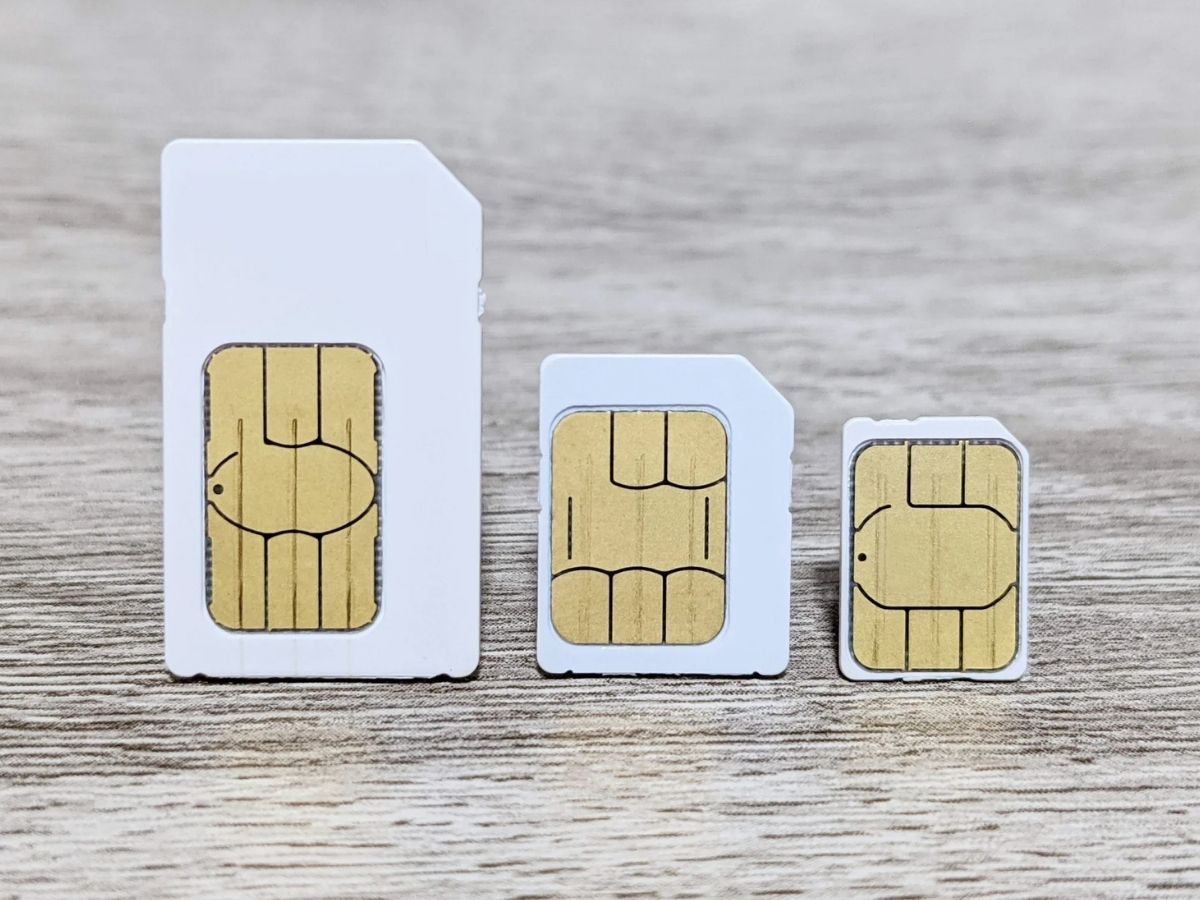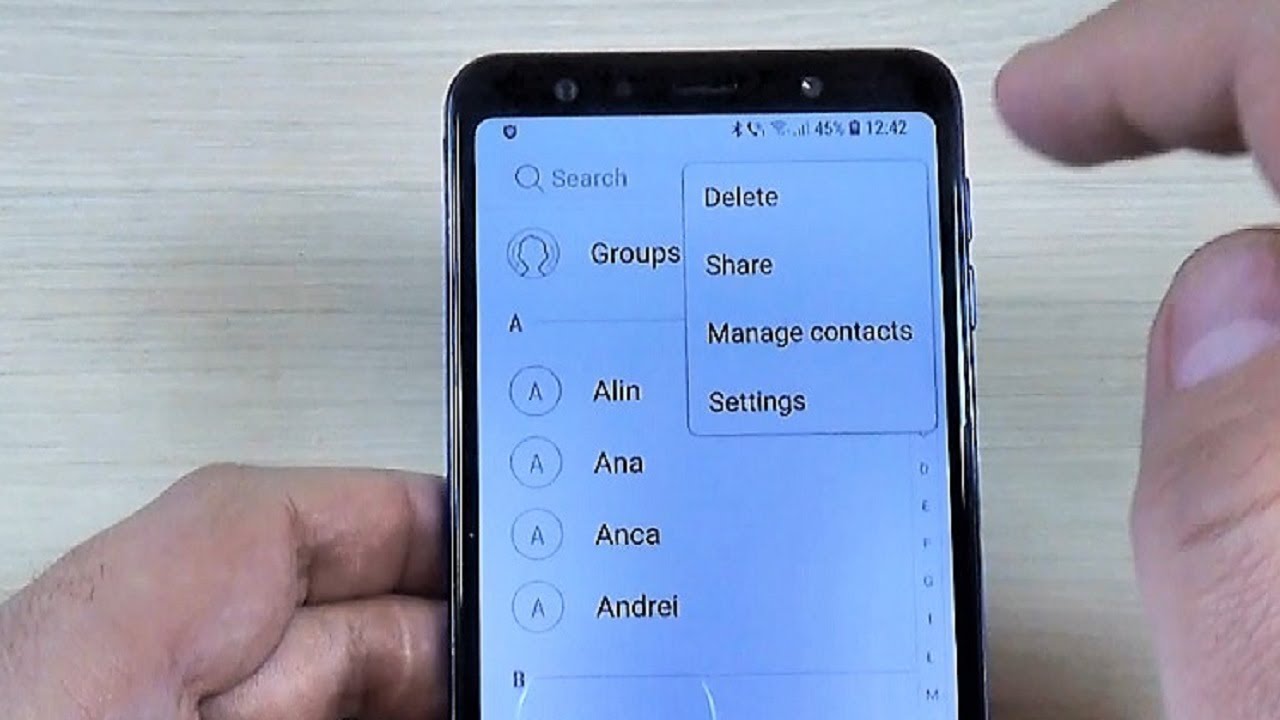Introduction
In today's digital age, mobile devices have become an integral part of our daily lives, serving as essential tools for communication, entertainment, and productivity. At the heart of these devices lies a small yet powerful component known as the SIM card. Despite its diminutive size, the SIM card plays a crucial role in enabling seamless connectivity and functionality for mobile phones and other compatible devices.
The acronym "SIM" stands for Subscriber Identity Module, and its significance cannot be overstated in the realm of mobile technology. This tiny card, typically no larger than a postage stamp, holds the key to identifying and authenticating a user on a mobile network. By containing unique information such as the user's phone number, network authorization data, and personal contacts, the SIM card serves as a gateway to the digital world, allowing users to make calls, send messages, access mobile data, and more.
As we delve into the intricacies of SIM cards, it becomes evident that their role extends beyond mere identification and authentication. These unassuming cards are instrumental in enabling seamless roaming capabilities, ensuring secure access to mobile networks, and facilitating the storage of essential contact information. Furthermore, the evolution of SIM card technology has paved the way for enhanced security features and advanced functionalities, contributing to a more robust and versatile user experience.
In this comprehensive exploration of SIM cards, we will unravel the inner workings of these indispensable components, shedding light on their functions, types, installation processes, and troubleshooting methods. By gaining a deeper understanding of the role played by SIM cards in the mobile ecosystem, users can harness the full potential of their devices while navigating common challenges with confidence and ease. Join us on this enlightening journey as we unlock the mysteries of SIM cards and empower ourselves with invaluable knowledge about these miniature marvels.
What is a SIM card?
A SIM card, short for Subscriber Identity Module, is a small, removable card that is inserted into mobile devices to enable connectivity to a mobile network. This essential component serves as a personalized key to the digital realm, allowing users to access voice and data services, send text messages, and store contact information. The SIM card contains unique data that identifies the user and authenticates their access to the mobile network, including the user's phone number, network authorization details, and additional security information.
At its core, a SIM card acts as a digital identity for the user, establishing a secure link between the mobile device and the mobile network. This authentication process is crucial for ensuring that the user has authorized access to the network, thereby preventing unauthorized usage and enhancing overall security.
The information stored on a SIM card includes the International Mobile Subscriber Identity (IMSI), a unique identifier for each subscriber, as well as the Integrated Circuit Card Identifier (ICCID), which uniquely identifies the SIM card itself. Additionally, the SIM card contains a key called the Ki (Authentication Key), which is used to authenticate the user's identity and encrypt communications between the device and the mobile network.
In essence, the SIM card plays a pivotal role in enabling seamless communication and connectivity, allowing users to make and receive calls, send and receive text messages, and access mobile data services. Moreover, the portability of the SIM card empowers users to easily transfer their mobile service between compatible devices, ensuring continuity of service without being tied to a specific handset.
As technology continues to evolve, SIM cards have adapted to accommodate enhanced security features, such as SIM card locking and encryption, further safeguarding user data and privacy. This continual evolution underscores the enduring relevance and importance of SIM cards in the ever-expanding landscape of mobile technology.
In summary, a SIM card serves as the linchpin of mobile connectivity, embodying the user's digital identity and enabling seamless access to the mobile network. Its multifaceted role encompasses authentication, identification, and the facilitation of essential mobile services, cementing its status as an indispensable component within the realm of mobile devices.
How does a SIM card work?
A SIM card operates as a fundamental link between a mobile device and the mobile network, leveraging a sophisticated process to enable seamless connectivity and authentication. At its core, the functioning of a SIM card can be elucidated through the following key mechanisms:
Authentication and Identification:
Upon inserting a SIM card into a compatible mobile device and powering it on, the device establishes communication with the mobile network. The SIM card initiates a process whereby it transmits the International Mobile Subscriber Identity (IMSI) to the network, serving as a unique identifier for the user. This exchange allows the mobile network to authenticate the user's identity and authorize access to network services.
Encryption and Security:
As the mobile device communicates with the network, the SIM card plays a pivotal role in encrypting the data transmissions, ensuring that sensitive information remains secure and protected. The SIM card utilizes its Authentication Key (Ki) to authenticate the device and establish a secure channel for communication, safeguarding against unauthorized access and potential security breaches.
Service Provisioning:
Beyond authentication and security, the SIM card facilitates the provisioning of essential mobile services, including voice calls, text messaging, and mobile data access. By storing the user's phone number, network configuration details, and contact information, the SIM card enables the seamless delivery of these services while ensuring that the user retains personalized access to their mobile network account.
Roaming Capabilities:
One of the remarkable functionalities of a SIM card lies in its ability to enable roaming, allowing users to access mobile services while traveling outside their home network's coverage area. Through the utilization of a SIM card, users can seamlessly connect to partner networks, leveraging their existing mobile service with minimal disruption.
In essence, the intricate workings of a SIM card encompass a harmonious interplay of authentication, encryption, and service provisioning, culminating in a cohesive and secure mobile experience for users. By understanding the underlying mechanisms through which a SIM card operates, users can appreciate the significance of this unassuming yet indispensable component in the realm of mobile technology.
The functions of a SIM card
A SIM card encompasses a myriad of functions that underpin its indispensable role in the realm of mobile technology. These functions extend far beyond mere identification and authentication, encompassing a diverse array of capabilities that contribute to the seamless operation of mobile devices and the delivery of essential services. Let's delve into the multifaceted functions of a SIM card, unraveling the layers of its significance and impact.
1. User Identification and Authentication:
At its core, a SIM card serves as a personalized identifier for the user, containing unique information such as the International Mobile Subscriber Identity (IMSI) and the Integrated Circuit Card Identifier (ICCID). These identifiers enable the mobile network to authenticate the user's identity, ensuring that only authorized individuals can access network services and utilize the associated mobile phone number.
2. Secure Access to Mobile Networks:
The SIM card plays a pivotal role in establishing a secure and encrypted connection between the mobile device and the mobile network. By leveraging its Authentication Key (Ki), the SIM card enables the encryption of data transmissions, safeguarding sensitive information and protecting against unauthorized access, thereby ensuring the integrity and security of communications.
3. Storage of Contact Information:
Beyond its authentication capabilities, the SIM card serves as a repository for storing essential contact information, including phone numbers, text messages, and additional network configuration details. This functionality enables users to seamlessly transfer their contact list and associated services between compatible devices, ensuring continuity and accessibility across various mobile platforms.
4. Provisioning of Mobile Services:
The SIM card facilitates the provisioning of essential mobile services, including voice calls, text messaging, and mobile data access. By storing the user's phone number and network configuration details, the SIM card enables the seamless delivery of these services, ensuring personalized access to the user's mobile network account.
5. Roaming Capabilities:
One of the remarkable functions of a SIM card lies in its ability to enable roaming, allowing users to access mobile services while traveling outside their home network's coverage area. Through the utilization of a SIM card, users can seamlessly connect to partner networks, leveraging their existing mobile service with minimal disruption.
In essence, the functions of a SIM card converge to form a cohesive framework that empowers users with secure access to mobile networks, personalized service provisioning, and seamless connectivity across diverse geographic locations. By embodying these functions, the SIM card stands as a testament to the convergence of technological innovation and user-centric utility, cementing its status as an indispensable cornerstone of mobile communication and connectivity.
Types of SIM cards
SIM cards come in various types, each tailored to specific technological requirements and form factors, reflecting the evolving landscape of mobile devices and network technologies. Understanding the distinct characteristics and functionalities of these SIM card variants is essential for users seeking compatibility with their devices and network operators. Let's explore the diverse types of SIM cards and their unique attributes:
1. Standard SIM (Mini-SIM):
The standard SIM, also known as the Mini-SIM, was the first widely adopted form factor for SIM cards. Characterized by its larger size, the Mini-SIM was prevalent in early mobile devices and featured a dimension of 25mm x 15mm. While its usage has diminished with technological advancements, some legacy devices still rely on this traditional form factor.
2. Micro-SIM:
As mobile devices underwent a trend toward slimmer profiles and compact designs, the Micro-SIM emerged as a smaller alternative to the standard SIM. Measuring 15mm x 12mm, the Micro-SIM facilitated compatibility with devices requiring a reduced form factor, enabling manufacturers to design sleeker and more streamlined smartphones and tablets.
3. Nano-SIM:
The Nano-SIM represents a further reduction in size compared to its predecessors, measuring a mere 12.3mm x 8.8mm. This diminutive form factor has become the standard for modern smartphones, offering enhanced space efficiency and accommodating the design requirements of contemporary mobile devices. The Nano-SIM's compact size has contributed to the proliferation of slim and lightweight smartphones, enabling manufacturers to optimize internal space for advanced components and features.
4. Embedded SIM (eSIM):
In response to the demand for enhanced flexibility and seamless connectivity, the eSIM has emerged as a groundbreaking innovation in SIM card technology. Unlike traditional physical SIM cards, the eSIM is embedded directly into the device's hardware, eliminating the need for a removable card. This virtual SIM technology enables users to remotely activate and switch between network providers, streamlining the process of acquiring and managing mobile service plans.
5. IoT SIM (Internet of Things SIM):
Designed to cater to the unique demands of IoT (Internet of Things) devices, IoT SIM cards offer specialized features tailored to machine-to-machine communication and connectivity. These SIM cards are optimized for low-power, low-data IoT applications, providing efficient and cost-effective connectivity solutions for a diverse array of IoT devices, including smart sensors, wearable technology, and industrial IoT systems.
By embracing this diverse array of SIM card types, users can navigate the dynamic landscape of mobile technology with confidence, ensuring seamless compatibility with their devices and harnessing the full potential of modern connectivity solutions.
How to install and activate a SIM card
Installing and activating a SIM card is a straightforward process that empowers users to seamlessly integrate their mobile devices with a chosen network operator, enabling access to voice, messaging, and data services. Whether acquiring a new SIM card or transferring an existing one to a different device, the following steps outline the essential procedure for installing and activating a SIM card:
-
Locate the SIM Card Slot: Begin by identifying the SIM card slot on your mobile device. The location of the SIM card slot varies depending on the device model, with common placements including the back panel, side edge, or beneath the battery compartment in older devices. Newer smartphones often feature a dedicated SIM card tray that can be accessed using a SIM ejector tool or a small pin.
-
Power Off the Device: Before proceeding, power off your mobile device to ensure safe handling during the SIM card installation process. This precautionary step minimizes the risk of damage to the device and the SIM card itself.
-
Insert the SIM Card: Carefully remove the SIM card from its packaging and align it with the designated orientation indicated by the SIM card slot. Depending on the SIM card type, such as Nano-SIM or Micro-SIM, ensure that the card fits securely into the slot without applying excessive force. Once inserted, gently push the SIM card tray back into the device or reassemble the battery compartment, if applicable.
-
Power On the Device: After securely installing the SIM card, power on your mobile device to initiate the activation process. Upon booting up, the device will detect the newly inserted SIM card and prompt you to proceed with the activation steps.
-
Follow Activation Instructions: Depending on your network operator and device, you may receive on-screen prompts to complete the activation process. This typically involves entering a provided activation code, confirming your personal details, and agreeing to the terms and conditions of the mobile service plan. Follow the instructions presented on the screen to finalize the activation of your SIM card.
-
Network Registration: Once the activation process is complete, your device will register with the chosen network operator, enabling access to voice, messaging, and data services. You may also need to restart your device to ensure that the SIM card is fully recognized and operational.
By following these steps, users can effortlessly install and activate a SIM card, unlocking the full potential of their mobile devices and embracing seamless connectivity with their chosen network operator. This streamlined process empowers users to enjoy the myriad benefits of mobile communication and data services, ensuring a smooth transition to their desired mobile network environment.
Troubleshooting common SIM card issues
Encountering issues with a SIM card can be a frustrating experience, disrupting the seamless functionality of a mobile device and impeding access to essential communication services. However, by understanding and addressing common SIM card-related challenges, users can navigate these issues with confidence and restore optimal performance to their devices. Let's explore some prevalent SIM card issues and the corresponding troubleshooting steps to mitigate these concerns effectively.
1. SIM Card Not Detected:
When a mobile device fails to recognize the inserted SIM card, users may encounter error messages indicating "SIM card not detected" or "No SIM card installed." This issue can stem from improper insertion, a faulty SIM card, or internal hardware malfunctions.
Troubleshooting Steps:
- Power off the device and carefully reinsert the SIM card, ensuring that it is securely positioned in the designated slot.
- Inspect the SIM card for visible damage or signs of wear, such as scratches or bent contacts. If identified, consider replacing the SIM card with a new one.
- Clean the SIM card and the SIM card slot using a soft, dry cloth to remove any dust or debris that may be obstructing the connection.
2. No Network Signal:
In situations where the device displays "No service" or fails to connect to the mobile network, users may encounter challenges with network signal reception, often attributed to SIM card or network-related issues.
Troubleshooting Steps:
- Verify that the SIM card has been activated by the network operator and is not expired or deactivated due to inactivity.
- Check the device's network settings to ensure that the correct network mode (e.g., 4G, 3G, or 2G) is selected, and the preferred network operator is chosen.
- Test the SIM card in a different compatible device to determine if the issue is specific to the device or the SIM card itself.
3. PIN Lock and PUK Code:
In cases where the SIM card is PIN-locked or requires a PUK (Personal Unblocking Key) code due to multiple incorrect PIN entries, users may encounter difficulties accessing the SIM card and its associated services.
Troubleshooting Steps:
- Locate the original SIM card packaging or contact the network operator to retrieve the PUK code required to unlock the SIM card.
- Enter the PUK code as prompted by the device, following the provided instructions to reset the PIN and regain access to the SIM card.
By addressing these common SIM card issues through systematic troubleshooting, users can overcome these challenges and restore seamless functionality to their mobile devices, ensuring uninterrupted access to essential communication services and network connectivity.
Conclusion
In conclusion, the SIM card stands as a diminutive yet indispensable component within the realm of mobile technology, embodying a profound impact on the connectivity, communication, and functionality of mobile devices. Through its multifaceted functions, including user identification, secure network access, and service provisioning, the SIM card serves as the linchpin of mobile connectivity, empowering users with personalized access to essential mobile services and seamless roaming capabilities.
As we navigate the diverse landscape of SIM card types, from the traditional Mini-SIM to the groundbreaking eSIM and IoT SIM variants, it becomes evident that SIM card technology continues to evolve in tandem with the ever-changing demands of modern mobile devices and connectivity solutions. The advent of virtual SIM technology and specialized IoT SIM cards underscores the adaptability and versatility of SIM card innovation, catering to a wide spectrum of user requirements and technological advancements.
Furthermore, the installation and activation of a SIM card represent pivotal steps in the seamless integration of mobile devices with network operators, facilitating a smooth transition to personalized mobile service plans and network environments. By following the prescribed steps for installing and activating a SIM card, users can harness the full potential of their devices, ensuring uninterrupted access to voice, messaging, and data services.
In addressing common SIM card issues through systematic troubleshooting, users can effectively mitigate challenges such as SIM card detection errors, network signal disruptions, and PIN lock issues, restoring optimal functionality to their devices and revitalizing their connectivity experience.
Ultimately, the enduring relevance and significance of the SIM card resonate with its pivotal role in shaping the modern landscape of mobile communication and connectivity. As technology continues to progress, the evolution of SIM card technology will undoubtedly continue, further enhancing the user experience and expanding the horizons of mobile connectivity.
In embracing the insights garnered from this exploration of SIM cards, users are empowered to navigate the dynamic terrain of mobile technology with confidence, leveraging the inherent capabilities of SIM cards to unlock the full potential of their devices and embrace a seamless, connected future.









